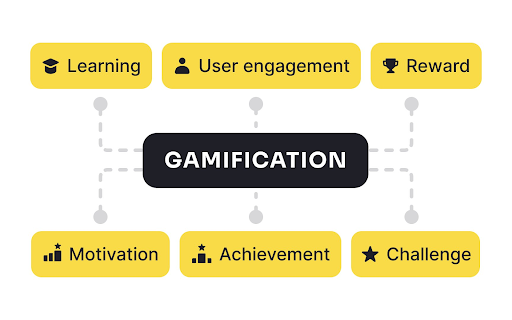Elevate Your Digital Presence
Explore tips and strategies to enhance your online engagement.
Engagement Quicksand: Navigating the User Interaction Abyss
Discover the secrets to escaping the engagement quicksand! Learn to boost user interactions and transform your blog into a thriving hub.
5 Strategies to Avoid the Engagement Quicksand When Designing User Experiences
Creating engaging user experiences can sometimes feel like navigating through engagement quicksand. To prevent design missteps, it’s essential to implement targeted strategies. First, identify your users' needs through user research. Conduct surveys or interviews to gather insights about their preferences and pain points. Second, prioritize content hierarchy by ensuring that key information is accessible and easily digestible. By using varying font sizes, colors, and whitespace effectively, you can direct users' attention to critical areas of your design.
Another effective strategy is to leverage interactive elements. Incorporate features like quizzes, polls, or drag-and-drop functionalities that encourage users to engage actively with your content. Fourthly, utilize A/B testing to determine which design elements resonate most with your audience. By experimenting with different layouts and functionalities, you can refine your approach based on real user behavior. Finally, don’t forget to solicit feedback regularly. Encourage users to share their thoughts on the experience, allowing you to make continuous improvements and prevent them from sinking into the quicksand of disengagement.

Counter-Strike is a highly popular first-person shooter game that emphasizes teamwork and strategy. Players can engage in intense matches where they assume the roles of terrorists or counter-terrorists. If you're looking to enhance your gaming experience, check out this clash promo code for some exciting in-game perks!
How to Measure User Interaction: Key Metrics for Navigating the Engagement Abyss
In the digital landscape, understanding how users interact with your content is essential for optimizing engagement. To effectively measure user interaction, consider focusing on key metrics such as click-through rates, bounce rates, and time on page. Each of these metrics provides valuable insights into user behavior. For instance, a high bounce rate could indicate that visitors are not finding what they expected, while an increased time on page suggests engaging content that holds users' attention. Tracking these metrics over time can help you identify patterns and areas for improvement.
Another crucial aspect of evaluating user interaction is monitoring conversion rates. This metric quantifies the percentage of users who complete a desired action, such as signing up for a newsletter or making a purchase. To dive deeper into user engagement, use tools like A/B testing to experiment with different content formats and calls to action. Analyzing the results can help you identify which strategies resonate most with your audience. Ultimately, leveraging these metrics will guide you in navigating the engagement abyss and enhancing your overall content strategy.
What Are the Common Pitfalls in User Engagement and How to Overcome Them?
User engagement is crucial for the success of any online platform, yet many bloggers and marketers face common pitfalls that hinder their efforts. One typical issue is the lack of understanding of the target audience. When content is created without a clear idea of who the audience is, it often fails to resonate. Additionally, another pitfall is the overuse of jargon or technical language that alienates readers rather than inviting them in. Regularly analyzing audience feedback and adapting content accordingly can help overcome these issues.
Moreover, neglecting interactivity is a significant hurdle in fostering user engagement. Engaging content should not only provide information but also encourage users to participate, whether through comments, quizzes, or social media sharing. To tackle this, incorporating calls-to-action (CTAs) and creating opportunities for audience interaction can be immensely beneficial. Lastly, inconsistency in posting frequency can deter users; implementing a content calendar to maintain a steady stream of updates can help keep the audience engaged.